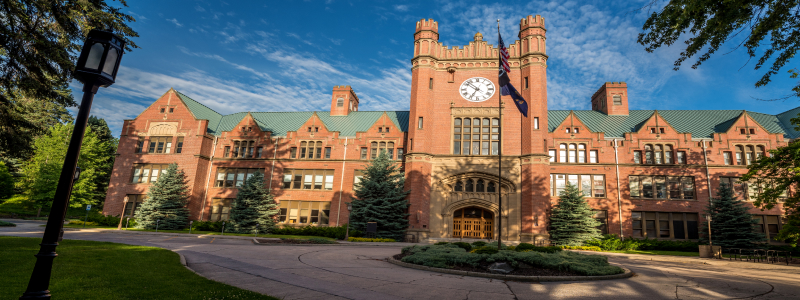Looking at Historic Buildings from a Facility Management Lens

There are dozens of vital and vibrant universities and hospitals built more than 100 years ago that are still operating today. Historical buildings have challenges associated with documenting existing equipment and shut-off locations. Read more insights in this blog post where experts weigh in.


